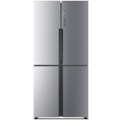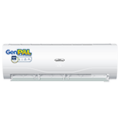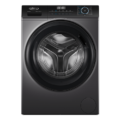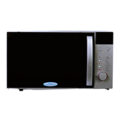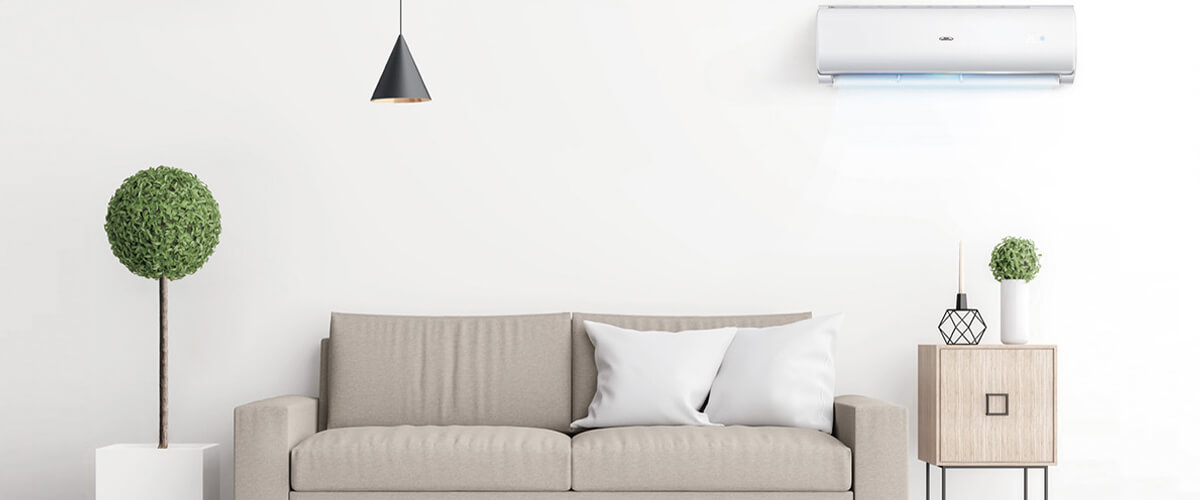
Air Conditioner Buying Guide
An Air Conditioner has become a necessity these days, especially for those who live in hot and humid areas. It is a better idea not to wait until summer to buy a new AC to get better deals on prices.
When choosing an air conditioning (AC) unit for your home, you will want a unit that will offer you maximum satisfaction and great value for your money. Moreso, you need to decide your budget, then study which type of AC is suitable for your needs, and then calculate the AC’s cooling capacity that’s required for your room. You should also consider how frequently you would use the AC and look at their power efficiency ratings.
1. Which Type Of AC Is Suitable For Your Room?
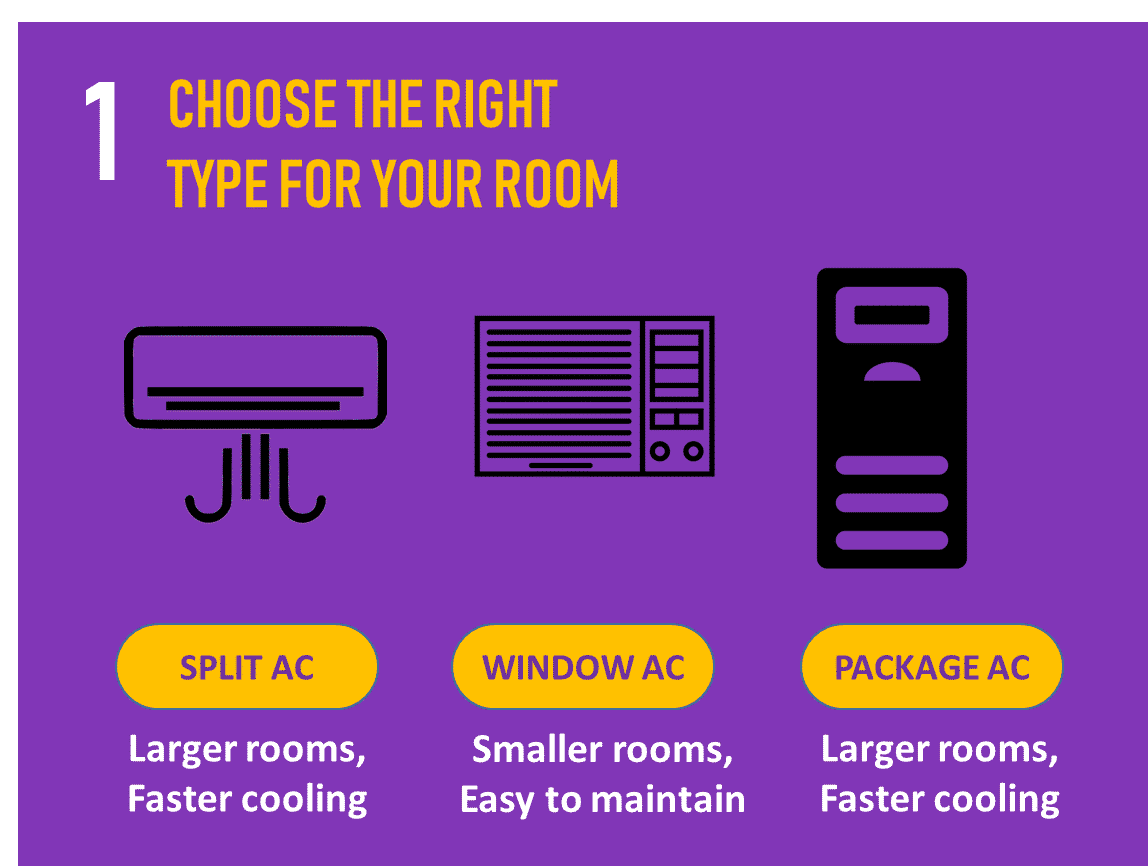
There are three types of ACs: Split AC, Window AC, and Package (floor Standing) AC. Each one of these has its own advantages and disadvantages, and you should choose according to your needs and priorities.
Split AC: It features two units: an indoor unit and an outdoor unit. The indoor unit features the blower and an evaporator (cooling coils), while the outdoor unit has the compressor and the condenser. Both units are connected via a pipe. Although split ACs offer faster cooling and higher airflow, they are costlier to install and cumbersome to uninstall when it’s time to move to a new home. Moreover, there’s a limit as to how far the indoor and outdoor units can be: the farther they are, the less efficient the whole unit becomes. They are also costlier to maintain compared to other types of ACs.

Window AC: Also known as Monoblock ACs) are relatively simpler compared to split ACs, and they don’t require as much space for installation. All the components are included in the same unit, so the installation and uninstallation of a window AC are much easier and cheaper. This means that if you live in a rented house and move frequently, a window AC might mean less hassle. However, they do not look as sophisticated as split ACs. Such types of ACs also block the room’s window opening and are relatively noisier. They might also not be a great idea for very large-sized rooms.
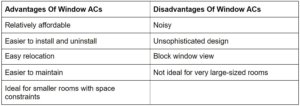
Package AC: Otherwise known as Floor Standing ACs are relatively similar to split AC in operation as they feature two units: an indoor and outdoor unit. The Package AC mostly is used in a larger space room (living room, office, hall etc) because it possesses a greater air throw and reach than the split AC. Although, it offer higher airflow but they are costlier than a split ACs.
2. What Is The Size Of Your Room & What AC Capacity Do You Need To Cool It?
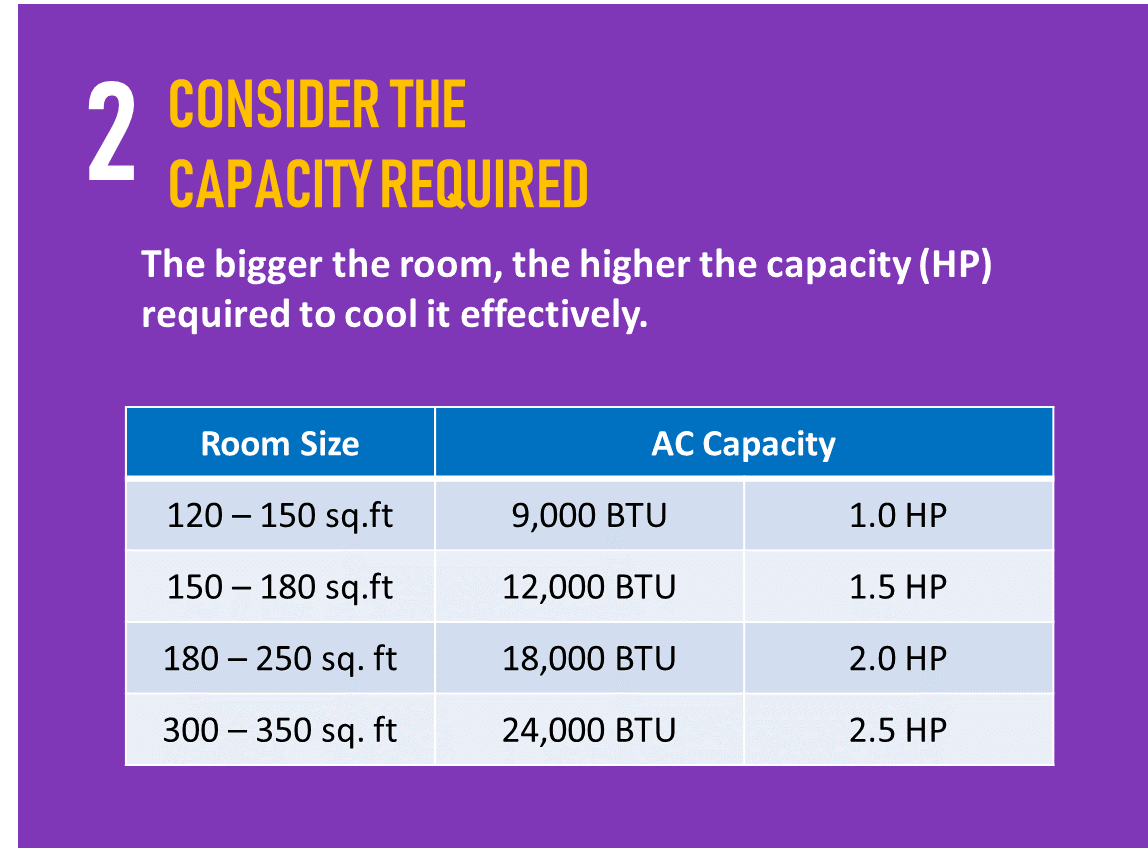
You need to calculate the size of the room that you are trying to cool, and then decide what the ideal AC capacity that is needed to cool the room effectively. AC capacity is rated in Horse Power (HP) in Nigeria, but the more accurate way to measure how fast an AC can cool a room is to see it in BTU (British Thermal Unit) rating. The BTU rating is also used to measure the AC’s energy efficiency.
1KW/Hr = 3,412 BTU 9,000 BTU = 1 HP
There are a lot of factors that can affect an AC’s cooling effectiveness: including the number of windows, number of heat sources, area exposed to the sun, the area of walls that are exposed to the sun from the outside, ceiling area exposed to the sun, and the number of people in the room. However, BTU and HP are ratings that can be used to see if an AC can effectively cool a room.
3. Inverter Vs Non-Inverter AC: Which Is Better?
There are two compressor types of ACs: Inverter and Non-inverter. Inverter ACs are usually more power-efficient, but they are also slightly expensive. There’s a common misconception that an inverter AC is meant to run on a power inverter (power backup), but that’s absolutely wrong.
The compressor of a non-inverter AC runs on full power until the room’s temperature reaches the desired temperature, and then it stops working. This start-stop procedure not only puts a sudden load on the power supply but also consumes more power. However, an inverter AC’s compressor runs all the time and continuously adjusts the power consumption according to the need. This is why inverter ACs are more power-efficient than non-inverter ACs. However, this functionality costs more money.
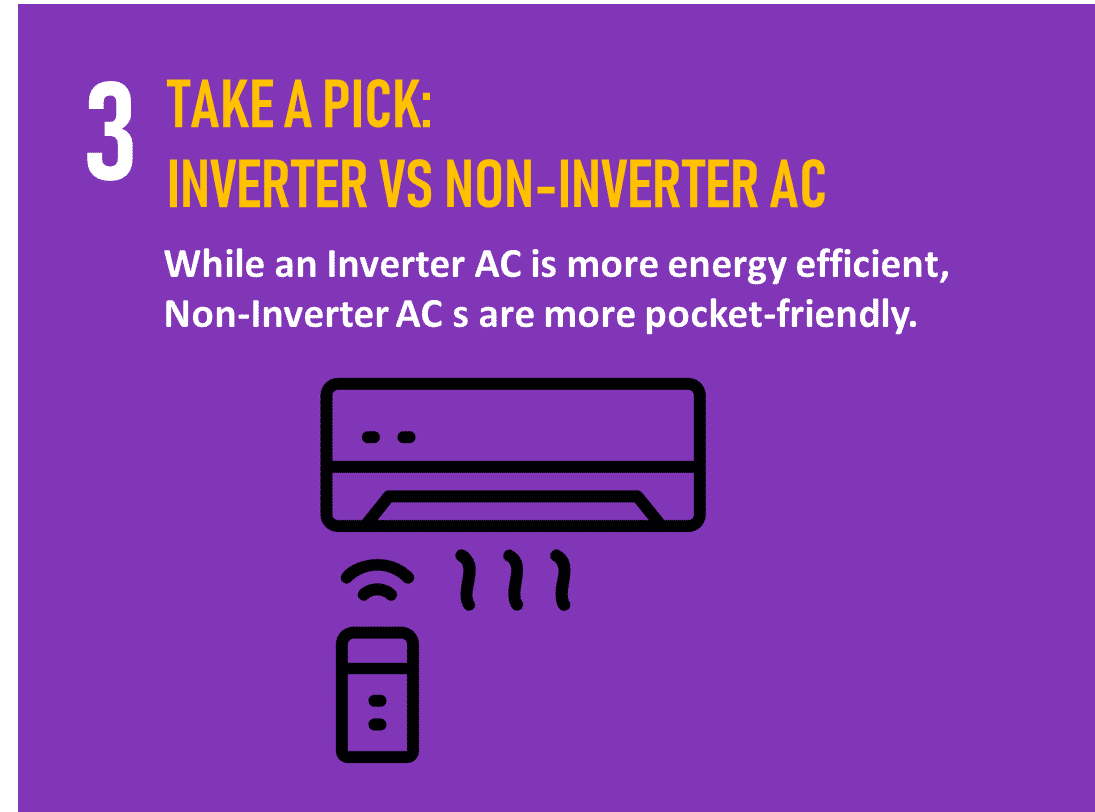

4. Energy Efficiency: What Are BEE’s EER & ISEER Ratings?
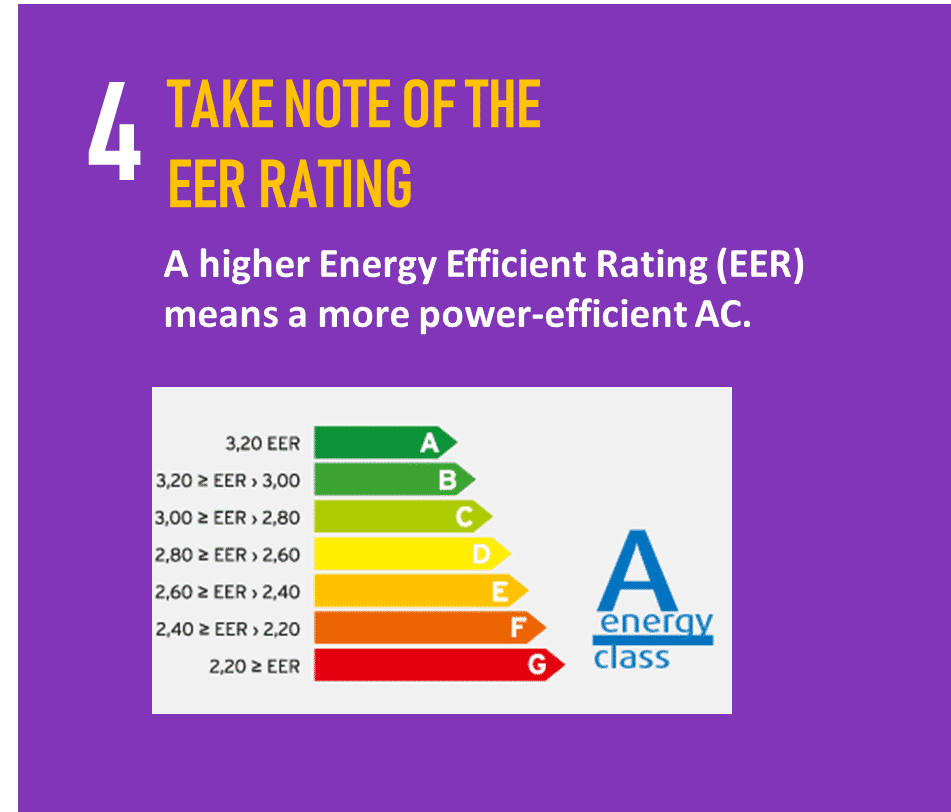
The energy efficiency rating (EER) of an AC can be calculated. The higher the rating, the higher the power efficiency, which means lower power consumption for cooling the room. However, A.Cs with higher EER ratings also cost more. Here’s how EER is calculated:
EER = BTU/Hr / Watt
5. Additional Features To Consider While Buying An AC
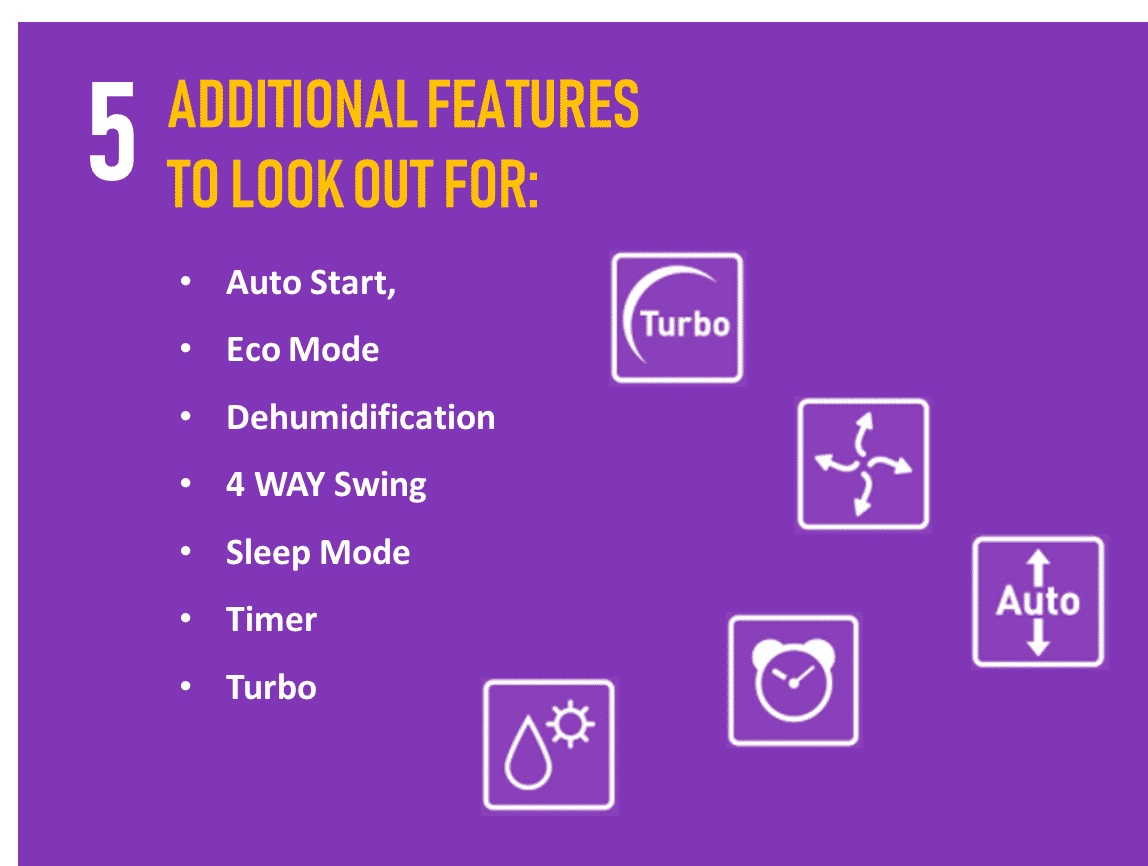
- Auto Start
When there is a power outage, and then the power is back, some ACs do not restart by themselves. ACs with the Auto Start feature can restart themselves after the power is back, and set the temperature to the level that you had set before the power outage happened.
- Eco / Gen Mode
Eco or Gen Mode function is mostly common with Inverter ACs (application , it’s purpose is to control energy consumption and performance capacity usage. It has a control of gears or levels for users to use as needed.
- Dehumidification
While all ACs control humidity levels while cooling a room, some ACs come with an additional dehumidification feature that reduces humidity in the room. This feature is important if you live in an area that has uncomfortably high humidity.
- Four-Way Swing
Most ACs come with a two-way swing for dispersing air in the room. While it doesn’t make a huge difference when it comes to the AC’s effectiveness in cooling the room, it certainly improves the perception of cooling as air passes by you every few seconds. Some ACs come with a four-way swing, which means that it can disperse air horizontally and vertically, make it easier to adjust the AC’s airflow more accurately. This is an important feature to have if airflow to a particular spot in the room is important to you.
- Sleep Timer
The sleep timer feature can be used to turn off the AC after a particular period of time, thereby decreasing power bills. It certainly reduces the hassle of waking up during the night and turning the AC off.
- Turbo Mode
Most brands have a different marketing name for this feature. Turning on this feature makes the AC run at full power to cool the room faster, but it also consumes higher power.
6. Others to Consider
Do You Require A Voltage Stabilizer For Your AC?
Almost all new ACs from most brands come with a built-in voltage stabilizer for protection from high and low voltages. However, even such ACs have an operational limit as to how much difference it can manage, and you need to check those ratings. If your area usually faces extreme voltage fluctuations, you may need to buy a more potent voltage stabilizer.


